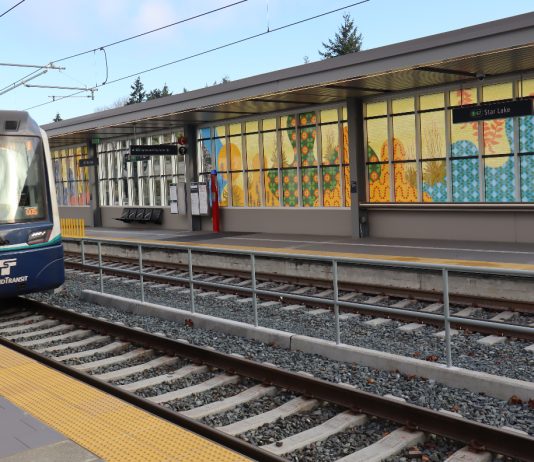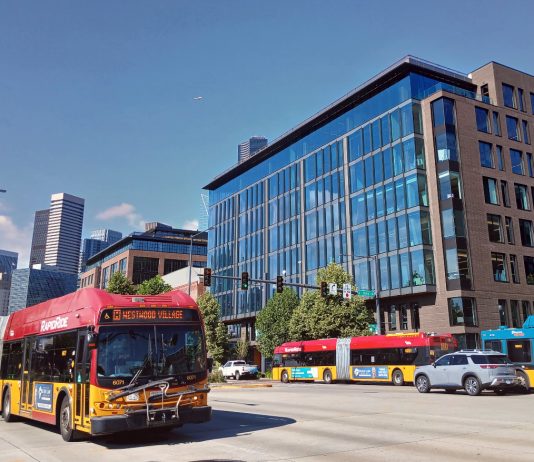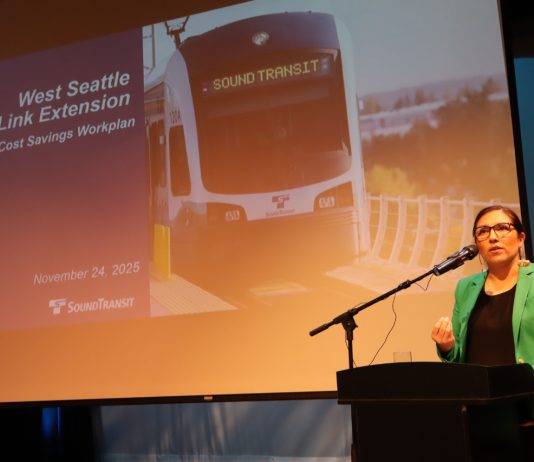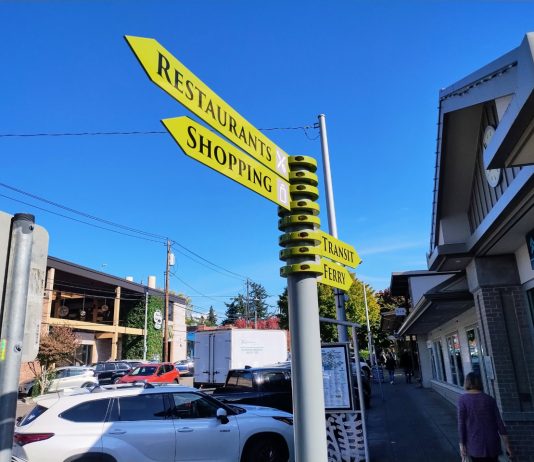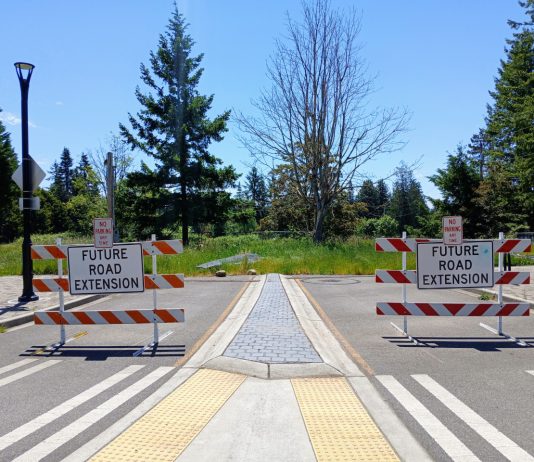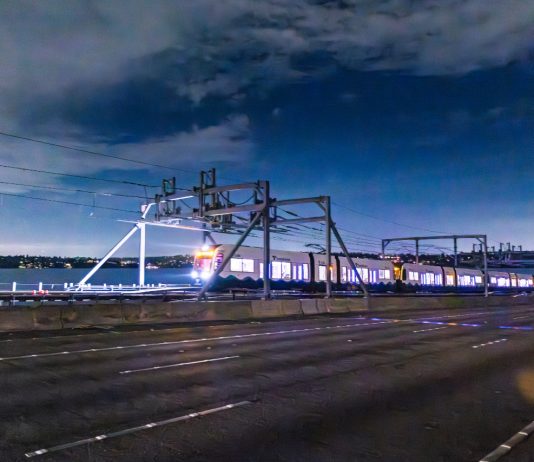Ryan Packer
689 POSTS
0 COMMENTS
Ryan Packer has been writing for The Urbanist since 2015, and currently reports full-time as Contributing Editor. Their beats are transportation, land use, public space, traffic safety, and obscure community meetings. Packer has also reported for other regional outlets including BikePortland, Seattle Met, and PubliCola. They live in the Capitol Hill neighborhood of Seattle.
Sound Transit gave reporters a sneak peak at the three new light rail stations set to open in Kent Des Moines, Star Lake, and Downtown Federal Way. Check out the station designs and their custom artwork ahead of the grand opening Saturday at 11am.
Corridor-wide bus revamps have been hitting delays and are often taking ten years to deliver, or more. A new King County Metro report released this fall outlines the myriad reasons RapidRide lines fall behind, as the overall program faces an uncertain future.
With several vacancies opening up on the 18-member Sound Transit board, a West Seattle Link "visioning event" this week looked to many like an audition. Facing huge cost pressures, the project could use a champion among the board's ranks.
Girmay Zahilay Takes Office as King County Executive, Pledging to be ‘Regional Convener’
Ryan Packer -
Taking office as the first new Executive that King County has elected since 2009, Zahilay pledged to bring groups together to tackle the county's problems. He's also carrying out a major shakeup in County government, ousting many longtime staffers.
Without "bold action," Bainbridge Island was on track to be two years late in adopting an updated long-term growth plan, according to the city's new consultant. But with little consensus around a path forward and two new councilmembers taking office, a change in strategy may not be enough.
Following an intense debate over the future of Sammamish's fledgling Town Center area in this month's elections, three growth skeptics are set to join the city council. Now the question is just how dramatically things get scaled back in 2026.
Despite significant spending to steer the Kirkland City Council toward a more slow growth direction, voters elected progressives in three out of four races. In the end, the election seemed to show most Kirkland residents are happy with the city's current direction.
Light rail riders will see out-of-service trains running between International District-Chinatown and Lynnwood as the next major milestone for testing on the full 2 Line.

